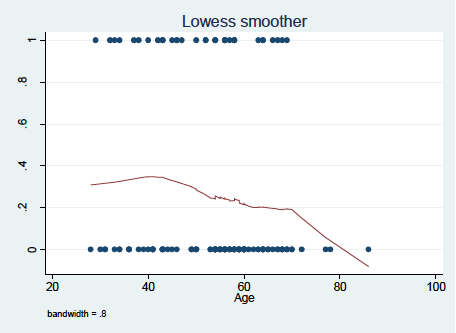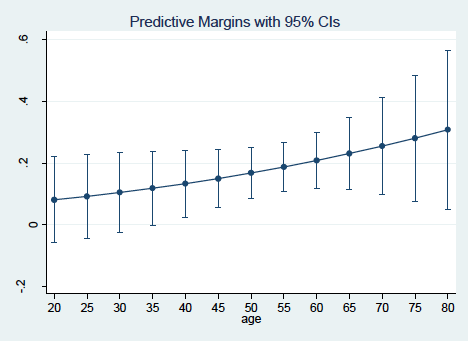Sean Stephenson and Michael Barber, Political Science
Elected officials should try to establish a relationship with their constituents and keep them well informed by responding to any questions they may have regarding political issues. One way legislators can do this is by responding to emails. Some legislators choose to respond to emails themselves, while others choose to hire people who respond to the emails sent to their campaign email address. Age may be one of the factors that affect the likelihood of whether a legislator chooses to respond to questions from his/her constituents. The purpose of my research is to determine whether a legislator’s age affects her responsiveness. Are older legislators less likely than younger legislators to think that online activity is important? Does knowledge about the internet play a role in the effect age has on legislator responsiveness? To answer these question, I measured the response rate of different state legislators by emailing them with an internet related question.
In this study, I attempted to determine whether the age of a state legislator has any effect on his/her responsiveness. This is important because it provides insight into how legislators of different ages behave towards their constituents. Information about what type of legislators are more responsive can help voters make informed decisions about which legislators they choose to elect. It will also inform voters about the nature of legislators whom they have already elected. The model I used did not give statistically significant proof of age affecting response rate. If this study had shown that younger legislators are more responsive to emails, voters could apply this information to how they choose to interact with their respective representatives.
To measure legislator responsiveness, I sent an email to 240 randomly selected state legislators within New York and Pennsylvania asking for the best online resource that most accurately represents their political views. I chose legislators from New York and Pennsylvania because each has a full time legislature, whose legislators are likely to respond to emails any time of the year. I used each senator’s campaign email address from his/her respective state legislature website or from votesmart.org. The main independent variable that I am testing is each legislator’s age. I found most of the data for this variable from votesmart.org, which gives most of the legislator’s date of birth. For each legislator whose date of birth was not on votesmart.org, I found each legislator’s age either on her Wikipedia page, Facebook page, or personal website. I found all of this information on votesmart.org. Of the state legislators I emailed, 141 were from Pennsylvania and 96 of them were from New York. Within the Pennsylvania state legislature, I emailed 114 from the House and 27 from the Senate. In the New York state legislature, I sent emails to 72 members of the Assembly and 24 members of the Senate. I chose all of these legislators using a random number generator in excel, from a complete list of the state legislators of Pennsylvania and New York.
Out of 237 legislators that I emailed, I received human responses from 51 of them, and I received 71 automated responses. There were many legislators from which I received both personal and automated responses. I created four graphs which show the lowess line of for the response rate for legislators at different ages. This line shows the weighted predicted probabilities of a legislator responding given their age for Pennsylvania state legislators from which I received a human response. It show a negative relationship between response rate and age.
I ran independent logit regression with whether they responded as the dependent variable and age as the independent variables. I included control variables for each legislator’s party, gender, the number of years they have been in political office, the number of years they have been in their current political office, and their legislative branch. The response variable was coded as 1 if I received an automated response, and it was coded as 0 if I did not receive an automated response. After adding all of the control variables to the model, I found that there was not a statistically significant correlation between age and response rate in each state. This graph shows the predicted personal response rate for New York legislators given their age. There seems to be a substantively significant negative relationship between age and response rate for New York legislators, while there is a substantively significant negative relationship for Pennsylvania legislators.
Although my results suggest that age is probably not much of a factor in responsiveness, this research is still important because it improves our understanding of why elected officials choose to respond to questions from their constituents.
This analysis gives some limited insight into how legislators of different ages behave differently towards their constituents. My results show that older legislators seem to be at least as technologically proficient as their younger counterparts. This clearly contradicts my theory that older legislators would be less responsive because they are less familiar with the internet. Before collecting and analyzing my data, I thought that older legislators would surely be less familiar with technology because of how much it has changed in their lifetimes. On the contrary, it seems that the older generation of legislators has embraced the recent technological changes by taking advantage of online messaging system. This has allowed them to more easily connect with their constituents than they have ever been able to in the past.


